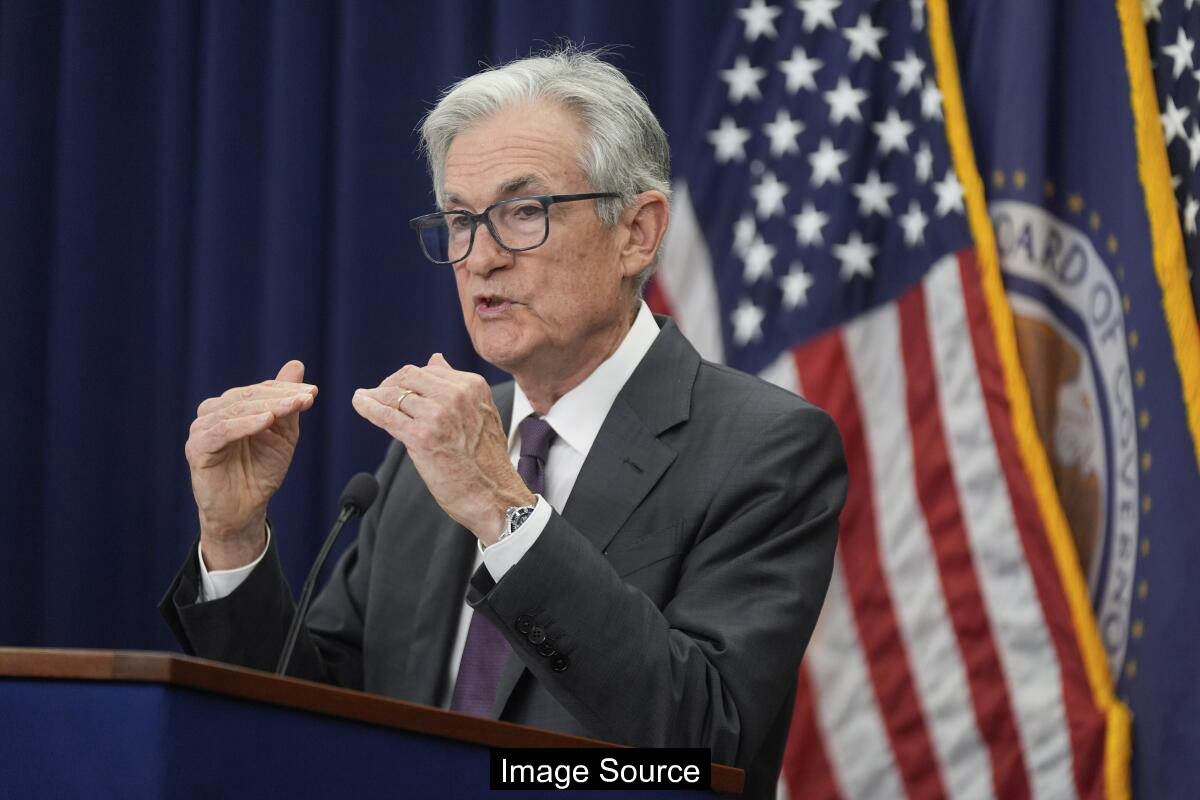The U.S. consumer price index showed moderate growth in recent months, reflecting a complex economic landscape where declining energy and grocery costs have helped offset the impact of ongoing trade tariffs. Economists note that while overall inflation remains relatively stable, sector-specific price variations continue to influence the broader economic picture.

Inflation Landscape in the United States
The U.S. economy continues to navigate complex inflationary pressures, with consumer prices showing nuanced patterns of stability and fluctuation. Recent data from the Labor Department reveals that inflation remained unchanged in July, maintaining a 2.7% year-over-year increase. Core prices, excluding volatile food and energy categories, rose 3.1%, remaining above the Federal Reserve’s 2% target.
Multiple economic factors contribute to this inflationary environment. President Trump’s extensive tariff policies have significantly impacted pricing dynamics, with duties reaching unprecedented levels. Economists like Brian Bethune note that overall U.S. tariffs have climbed to 10%, the highest in decades, potentially triggering broader economic consequences.
The intricate interplay between tariffs, consumer prices, and business strategies has created a complex economic landscape. Some companies are absorbing additional costs, while others are exploring alternative approaches like reducing product sizes or implementing creative funding mechanisms to manage increased expenses.
Tariff Impact on Consumer Goods
The implementation of tariffs has produced varied effects across different product categories. Shoe prices experienced a notable 1.4% monthly increase, while furniture costs leaped 0.9% in July. Coffee prices have surged nearly 15%, driven by both international harvest challenges and import duties.
Economists from Goldman Sachs have analyzed the tariff burden, estimating that consumers currently bear approximately 22% of the duties, with U.S. companies absorbing 64%. Projections suggest that by autumn, consumers will shoulder two-thirds of these additional costs.
Several major corporations have responded to increased expenses by raising prices. Brands like Ralph Lauren, Under Armour, and Procter & Gamble have announced price adjustments, signaling a broader trend of cost transfer to consumers.
Small businesses are experiencing significant challenges. For instance, clothing manufacturer Princess Awesome has seen costs increase 15-20% and has implemented innovative strategies like a website ‘tip jar’ to offset tariff-related expenses.
Federal Reserve’s Monetary Dilemma
The Federal Reserve finds itself in a delicate position, balancing inflation concerns with potential economic slowdown. Chair Jerome Powell has warned that persistent inflation might prevent interest rate reductions, a stance that has created tension with the presidential administration.
Job market indicators have shown signs of stalling, particularly following tariff announcements in April. This has increased market expectations for potential interest rate cuts, though economists remain divided about the timing and necessity of such actions.
The central bank must carefully navigate between supporting economic growth and maintaining price stability. Current inflation rates and employment trends will significantly influence monetary policy decisions in the coming months.
Market and Government Dynamics
Recent governmental actions have added complexity to economic reporting. The Labor Department’s Bureau of Labor Statistics has experienced leadership changes and operational constraints, including a government hiring freeze that has reduced data collection capabilities.
UBS economist Alan Detmeister suggests that these limitations might introduce more volatility in inflation reports, though long-term reliability should remain relatively consistent. The agency is now collecting approximately 18% fewer price quotes compared to earlier in the year.
Presidential interventions and critiques of economic institutions have further complicated the landscape. Trump’s public challenges to Federal Reserve independence and leadership represent an unusual approach to monetary policy discourse.
FAQ: Understanding Tariffs and Inflation
Q1. How do tariffs directly impact consumer prices?
A1. Tariffs increase the cost of imported goods, which can be absorbed by manufacturers, companies, or passed on to consumers through higher prices. The distribution of this burden varies by industry and product type.
Q2. What strategies are businesses using to manage increased costs?
A2. Companies are employing diverse approaches, including absorbing costs, reducing product sizes, raising prices, implementing creative funding mechanisms, and exploring legal challenges to tariff policies.
Strategic Pointers
The current economic environment demands adaptive strategies from businesses and consumers alike. Understanding the nuanced impacts of tariffs, inflation, and monetary policy is crucial for making informed financial decisions.
Continued monitoring of Federal Reserve actions, tariff implementations, and corporate responses will provide insights into potential economic shifts. Businesses should remain flexible and prepared to adjust their strategies as the landscape evolves.
Consumers can expect potential price increases across various product categories, particularly in imported goods and consumer staples. Maintaining financial awareness and exploring cost-management strategies will be increasingly important.
※ This article summarizes publicly available reporting and is provided for general information only. It is not legal, medical, or investment advice. Please consult a qualified professional for decisions.
Source: latimes.com